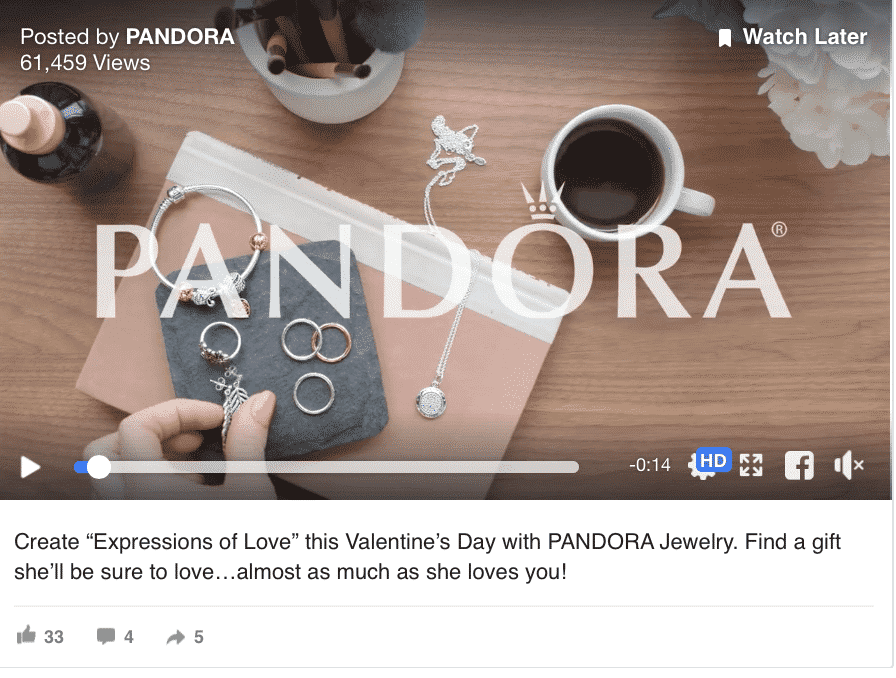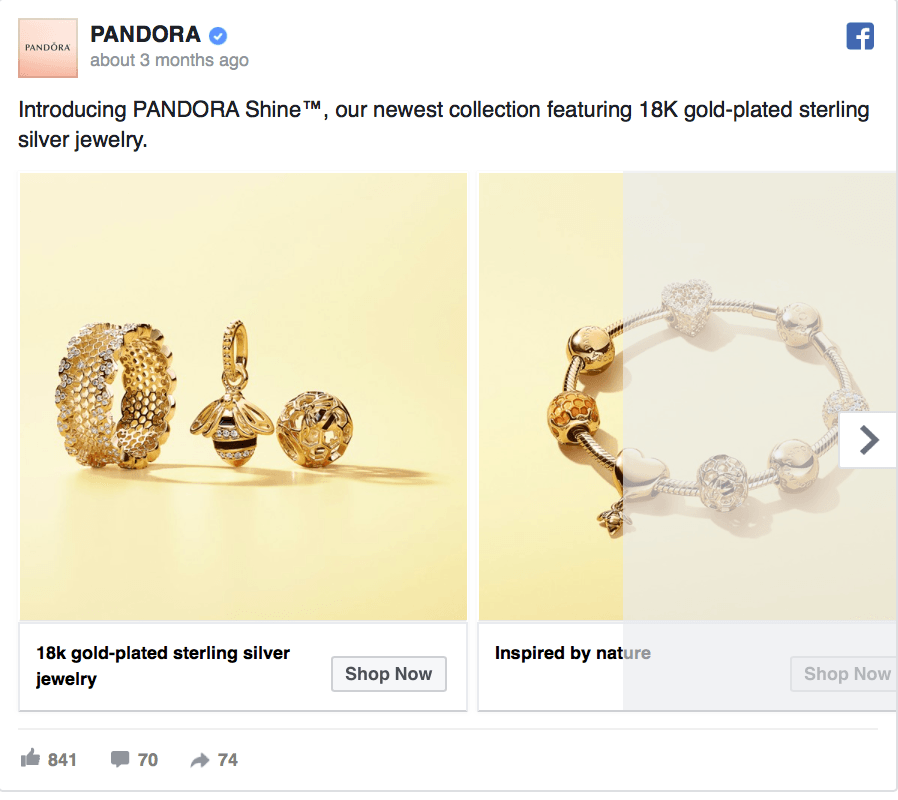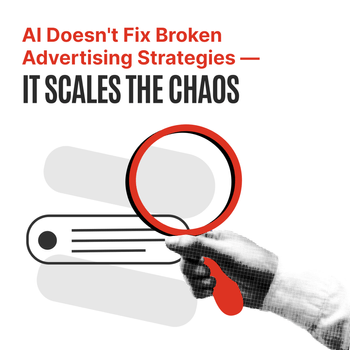Product Advertisement vs Institutional Advertisement: What You Need to Know
by Ana Gotter • February 4, 2025
Advertisers invest substantial resources in eCommerce campaigns to boost sales and enhance brand presence. However, a common challenge arises: are you promoting your products or brand?
The key here is understanding the difference between product and institutional advertising. This can be the linchpin to running successful campaigns.
This guide will explain the essential differences between product and institutional advertising, share best practices, and discuss when to use each type to drive the most impactful results!
How To Tell An Institutional Ad From a Product Ad
While these two types of advertising may seem similar, the goals and strategies behind them are distinct. If you don’t grasp this difference, your campaigns may become unfocused, resulting in missed opportunities and underwhelming results.
Product advertising showcases specific products or services to drive immediate sales. It highlights features, benefits, and unique selling points to encourage consumers to purchase.
Institutional advertising, on the other hand, focuses on building your brand’s image and reputation. Instead of pushing for quick sales, it aims to create long-term brand recognition and loyalty. This type of advertising is vital to building trust and positive public perception, which ultimately supports your product-focused efforts.
To get a bigger picture, let’s dive into an example of each type of advertisement from the well-known jewelry brand Pandora.
Examples of Institutional Advertising vs Product Advertising
To start, let’s look at an institutional advertising example.
Pandora is a jewelry brand that sells charm bracelets for women. This institutional ad from Pandora is designed to introduce the brand to new customers or remind past customers about it. They’re going for romance in their ad, building a connection through an emotional memory so that users will hopefully remember them.
Rather than just saying, “Hey, buy our bracelets,” Pandora’s message is more like, “Remember those special moments that our jewelry can help you celebrate.” It’s a subtle yet powerful way to build a lasting connection with their audience.
When customers think about buying jewelry, Pandora stays at the top of their minds—not because of a specific product but because of the emotional bond they’ve created.
This approach to institutional advertising is all about the long game. It’s less about making a quick sale and more about making sure the brand becomes a part of people’s lives, so when they’re ready to buy, Pandora is the brand they think of first.

Check out the image below for an excellent example of a specific product ad. Here, the company highlights a specific product collection—their Pandora Shine collection. Its big feature is the 18k gold-plated jewelry inspired by nature. These are particular benefits and facts about a specific product line designed to increase sales of these items.
Unlike the broader, emotion-driven institutional ads, this one is laser-focused on the product. This approach is all about immediate impact. The goal here is to get people excited about these specific pieces and encourage them to purchase them immediately.
It’s straightforward and engaging, giving customers the information they need to take the next step.

You might think, “Well, obviously, go for the quick sale!” While this can be awesome for certain products, going with institutional will work better for another brand.
But if you want to connect with potential and existing customers, you could try both. The difference between these two campaigns is striking, but they go hand-in-hand and serve distinct purposes.

When to Use Institutional Advertising vs Product Advertising
Most businesses will benefit from a balanced approach using product and institutional advertisements. These two strategies complement each other: product ads can leverage the trust and brand loyalty built by institutional ads, while institutional ads can create a foundation that makes product ads more effective.
For example, a business might run institutional ads on platforms like Facebook to introduce the brand to new audiences or remind previous customers of their values. Following this, product ads can target these engaged users with specific offers, driving conversions.
Here’s a practical strategy that works for many businesses:
- Institutional Advertising: Run continuous institutional campaigns that build brand awareness. Update these ads regularly to maintain engagement and freshness.
- Product Advertising: Create new product ads every few months, focusing on specific features or addressing customer pain points. Use platforms like Google Ads or Facebook Ads to target users who have interacted with your brand through institutional campaigns or visited your website.
Turning Institutional Advertising vs Product Advertising Into Institutional Advertising AND Product Advertising
Knowing when to use each ad separately and learning how to mix them into a strategy together is just as important!
Here’s how you could blend the two, again using Pandora as an example: Start with an institutional ad that taps into the brand’s emotional side. Imagine a campaign showcasing how Pandora’s jewelry helps people celebrate meaningful moments—like a charm bracelet that marks a special milestone.
Then, once you’ve got their attention, follow up with a product ad highlighting something specific, like their Shine collection. This ad could focus on the unique, nature-inspired designs and how they fit perfectly into the story you’ve already started telling.
Best Practices for Product and Institutional Advertising
To maximize the effectiveness of your campaigns, it’s a must that you follow best practices tailored to the type of advertising you’re using. Here’s how to optimize both product advertising and institutional advertising for better results:
Best Practices for Product Advertising
- Focus on Specific Features and Benefits: Highlight what makes your product stand out. If you’re promoting an organic product, emphasize how it contributes to the customer’s health and well-being.
- Mention the Product Name: Clearly state the product name in your copy and consider including it as a text overlay in images or videos.
- Use Targeted Ads: Retarget users who have previously interacted with your brand or use niche targeting to reach the most relevant audience segments.
Best Practices for Institutional Advertising
- Tell a Story: Use storytelling to create an emotional connection with your audience. This approach is particularly effective for users discovering your brand for the first time.
- Leverage Video Content: Videos are powerful tools for conveying your brand’s values and ethos in a short timeframe. They can capture attention and leave a lasting impression.
- Highlight Brand-Wide Benefits: Focus on attributes that apply to your entire product line or brand philosophy, such as ethical sourcing, community involvement, or competitive pricing.
- Promote Your Brand Name: Ensure your brand name is prominent in the ad copy to strengthen brand recall.
- Showcase Corporate Responsibility: If your brand engages in charity work or community events, highlight these efforts in your institutional ads. This can significantly enhance your brand image.
A solid marketing strategy usually blends both types of advertising. Use institutional ads to lay the groundwork for your brand and product ads to boost sales right away. This way, you’re getting noticed and turning that attention into tangible results.
Is It Really Institutional Advertising vs Product Advertising?
Understanding the difference between product and institutional advertising is critical to getting your campaigns right. While they naturally overlap, keeping your goals clear and focused ensures you’re hitting the mark.
But here’s the thing—it’s not always about choosing one over the other. Sometimes, it’s about knowing when and how to use both to your advantage. Think of them as two sides of the same coin; they work together to create a complete picture, helping you connect with your audience on multiple levels.
So, whether you’re leaning into product ads, institutional ads, or a mix of both, make sure your strategy is aligned with what you’re trying to achieve.
What do you think? Do you keep your product advertisement and institutional advertisement campaigns separate? Which do you use more frequently? Do you use both? Share your thoughts and questions in the comments below!




